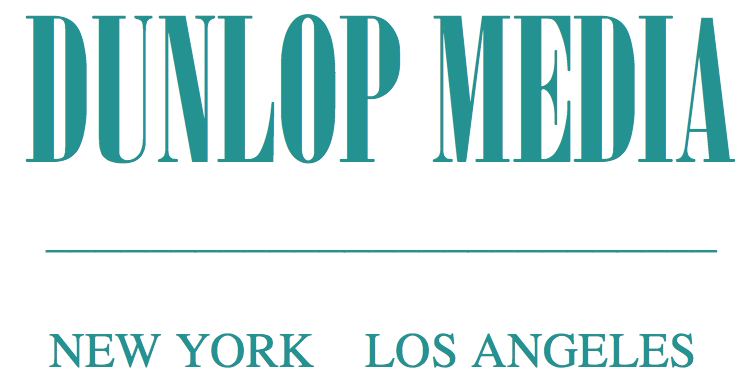As fed up as many reporters might be with President Trump, they do the public and their fellow journalists a disservice when they steal the spotlight at a press conference
Media commentary by Steve Dunlop
(Listen to podcast version here)
“Walk and talk! Walk and talk! That’s all you kids know how to do!”
I was in my 20’s, a radio news editor turned TV reporter, in the office of a New York news director who was looking to hire me. He was watching a standup where my producer had urged me to walk about 10 paces from location A to location B, pause, point at B, then look earnestly back at the camera and ask a question of the audience.
Steve Dunlop reporting from Central Park in 1984, about a year after he was told to give up the walking talking standup.
The walk and talk thing did strike me as a bit theatrical. But hey, I thought. I’m not in radio anymore. This is television.
The news director ejected my videotape from the screening machine and looked me in the eye.
“Dunlop, always remember,” he said. “YOU are NOT the story.”
It was a lesson I never forgot, but apparently a few members of today’s White House press corps never learned it at all.
At bottom, “you are not the story” is the rule that CNN’s Jim Acosta has been violating at White House press conferences. Asking tough questions is his job. Dominating the floor is not. Wrestling a White House intern for control of a wireless microphone crossed a line. Interrupting another reporter in the middle of a question crossed another line. So did interrupting the president. The White House Press Office was right to suspend his credentials.
Television is a medium that thrives on drama, and we all crave a dollop of electronic confrontation. People of a certain age will remember ABC’s Sam Donaldson shouting questions to President Ronald Reagan over the din of a helicopter on the South Lawn. Reagan would smile, wave, and motion that he could not hear.
Then there was Dan Rather’s Watergate-era TV exchange with President Richard Nixon, who, when the CBS correspondent was greeted with applause from a supportive audience, asked him, “Are you running for something?”
“No, sir, Mr. President,” Rather replied. “Are you?”
But those exchanges were as civilized as high tea at the Savoy, compared to Acosta’s actions in the East Room.
President Trump deserves his share of the blame for goading the media with his “CNN is fake news” mantra and all that’s surrounded it. But his dismissive tactics are not unprecedented. In fact, they are reminiscent of the more freewheeling press conferences I covered in New York’s City Hall when Ed Koch was mayor in the 1980’s.
Former New York mayor Ed Koch handling the media, as only he could, in the 1980’s. From an article in New York Magazine.
We would routinely ask pointed questions that Koch called out of bounds. If we were fortunate, we might get one follow up question. But then another reporter had another question, so Koch would move on. We all got that. After all, you’re not the only journalist in the room.
But today’s wireless hand-held mics have changed that dynamic. Similar devices of 30 years ago had too limited a range and were subject to too much interference, so they were useless to capture reporters’ questions at a press conference. We simply had to wait to be acknowledged - and then speak loudly enough for everyone to hear.
But just as the iPhone changed the way we communicate, the wireless mic has changed the press briefing. It has become a holy grail of control – in this case, between Donald Trump and Jim Acosta. (Or, to be more precise, between Acosta and the intern transporting the mic around the room.)
Recall the objective of a White House press conference. It is to ask the president tough questions and hear candid answers. The story is Donald Trump. The story is not Jim Acosta.
CNN called the lifting of Acosta’s White House credentials “unprecedented” and a “threat to our democracy.” But the network does the journalistic community a disservice when it positions reportorial grandstanding as defending the people’s right to know. There were some 50 other journalists in the East Room, many with hands raised, waiting patiently and politely to be recognized. Presumably they all have brains.
And presumably they all recognize - as combative and hostile as Washington politics has become - that they serve the public the best when they are not the story.



